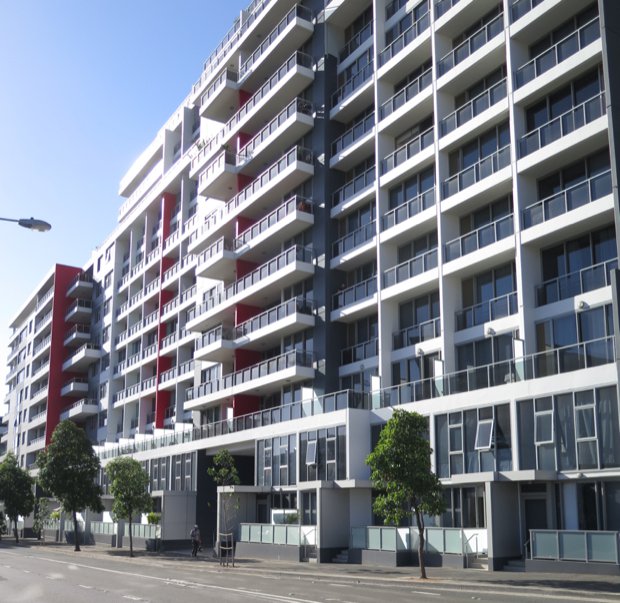Gentrification, renewal, revitalization, urban regeneration – whichever term is used, the “renewal” of an area need not always be mixed use apartments and trendy coffee shops. Replacing older industrial areas solely with apartments, offices and coffee shops is more likely to “blandify” an area than “gentrify” it.
In South Sydney, New South Wales, Australia, the corridor from Redfern to Botany Bay is one of the best surviving blends of urban and light industrial uses. Suburbs including Beaconsfield, Rosebery, Mascot and Alexandria maintain a strong economic base of employment activity which cohabitates with old and new residential housing.
“Urban renewal” and “regeneration” is being used to cover the light industrial fabric of the South Sydney area, giving way to bland overdevelopment. The result of these redevelopments is an area which looks identical to any other redeveloped suburbs with high rise housing, little pedestrian activity, low levels of ground floor activation and underused parks.
The mix of industrial and older residential housing with light warehousing and showrooms is what has made South Sydney unique. It is one of Sydney’s last inner city industrial areas. Vacancy is low, demand is high yet it still comes under intense pressure for conversion to high rise residential which is creeping southwards. The risk is a reduction in the diversity of employment and loss of a diverse urban fabric which gives the area a distinct character.
See full Op-Ed by Liam Walsh + photo credit in The Urban Developer.

